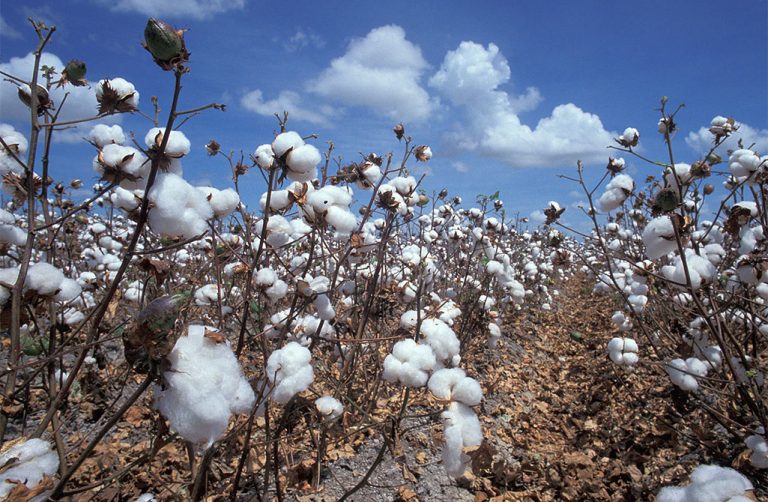Regenerative Agriculture: A new hope for Togo’s struggling cotton sector

In response to declining cotton yields in Togo in recent years, regenerative agriculture has emerged as an innovative solution to revitalize this key economic sector. On Tuesday, March 18, 2025, the New Cotton Company of Togo (NSCT) organized a training session in Kpalimé for cotton producers from across the country. The goal was to introduce them to sustainable farming techniques designed to restore soil fertility and boost productivity.
During the session, participants learned about practices such as permanent soil cover, composting, organic amendments, and optimized water management.
These methods aim to enhance biodiversity, strengthen ecosystem resilience, and ensure long-term viability for cotton farming.
This initiative comes at a critical time for Togo’s cotton industry, which has struggled to regain its former dynamism. Since Singapore-based Olam Group took over operations in 2020, yields have remained modest, rarely exceeding 60,000 tons per year.
Although the 2023-2024 season saw a slight improvement, with production reaching 70,000 tons, this still falls short of expectations. Farmers frequently cite management issues, while the impacts of climate change continue to weigh heavily on harvests.
According to Martin Drevon, NSCT’s Director General, regenerative agriculture offers a practical response to these challenges.
By adopting environmentally friendly practices, farmers can not only improve yields but also preserve soil health and ecosystems for future generations.
This approach aligns with a broader strategy to sustainably revive Togo’s cotton sector by combining agricultural innovation with natural resource conservation.
Through this training, the NSCT aims to restore hope among cotton growers and lay the foundation for a more resilient and productive agricultural system, capable of addressing the climate and economic challenges of the 21st century.
Chantal TAWELESSI












